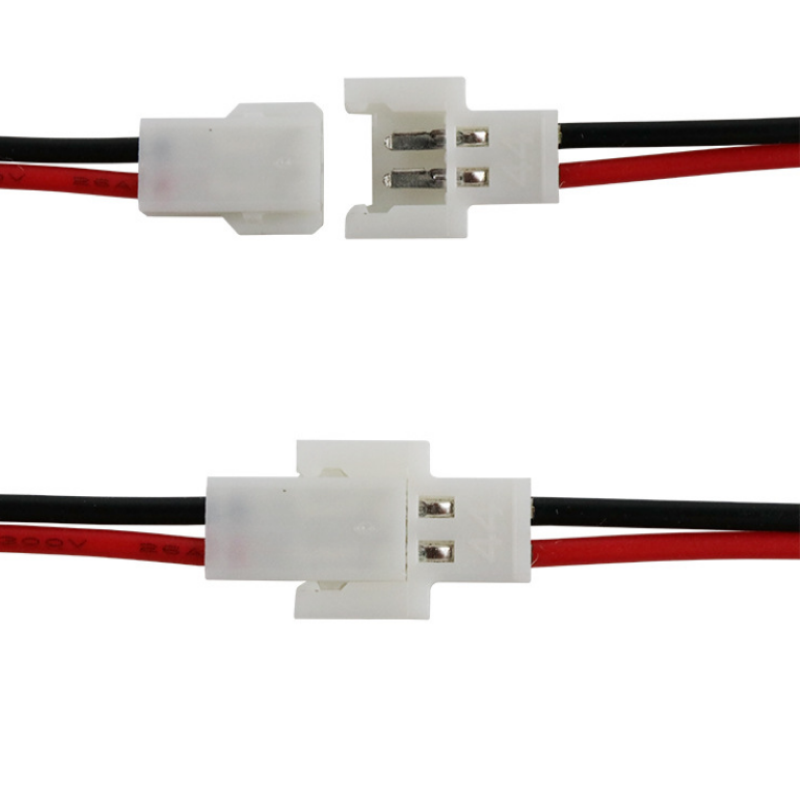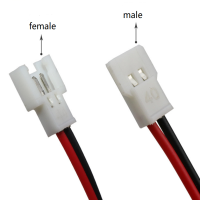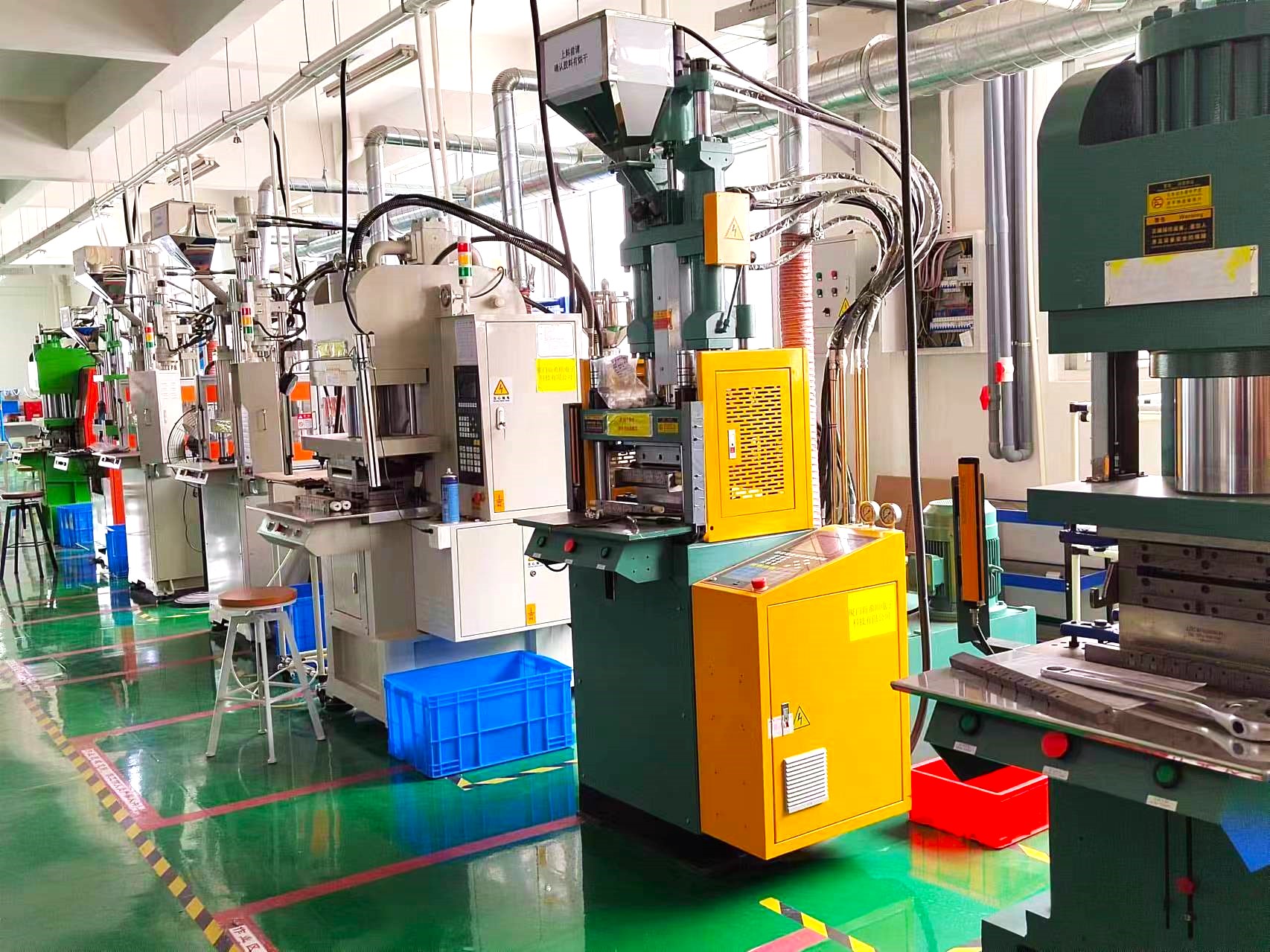
Custom Electrical wire harness jst xh 2 pin UL2464 cable assembly
Custom Electrical wire harness jst xh 2 pin UL2464 cable assembly Our UL2464 custom wire harness is engineered for high-performance applications requiring superior electrical conductivity and heat resistance. Available in custom lengths ranging from 100mm to 600mm, these single core cable assemblies are tailored to fit your precise specifications.
- Evershine
- Xiamen
- 7~15 days
- 100000pcs/month
- Information
Product Name | Custom Electrical wire harness jst xh 2 pin UL2464 cable |
Wire Type | UL Wire, VDE Cable, Automotive Wires, Dran Chain Cable, Medical Cable ect. |
Wire Size | 2AWG-32AWG, 0.01mm²-50mm² are available |
Wire Cores | 1 Core~50 cores are available |
Conductor | Bare Copper, Tinned Copper, Silver Plated, Gold Plated wire |
Rate Temperature | 80℃, 105℃, 125℃, 180℃, 220℃, 300℃ (176°F- 572°F) |
Certification | UL, VDE, CE 3C or Customize Special Cables |
Connector Type | TE, Molex, JST, Yeo nho, Sumi tomo, Ya zaki or others |
Protection Pipe | PVC tube, Corrugated pipe, Shrink Tube, Braid Tube |
Protection | Waterproof, Low Smoke Halogen-Free, Anti-UV Cable, Acid and alkali-resistant cable are available. |
Plug Molds | We have 300+ Plug molds, many plug we have tooling. |
Industries | Autmobiles, Electronics, Machines, Lighting, New energy |
Custom Electrical wire harness jst xh 2 pin UL2464 cable assembly Our UL2464 custom wire harness is engineered for high-performance applications requiring superior electrical conductivity and heat resistance. Available in custom lengths ranging from 100mm to 600mm, these single core cable assemblies are tailored to fit your precise specifications.
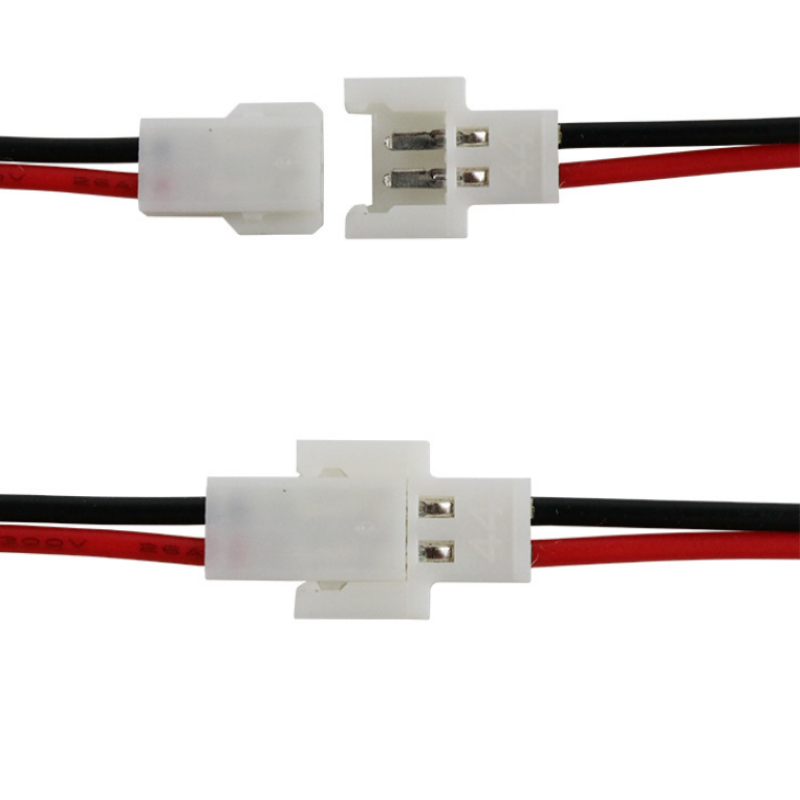
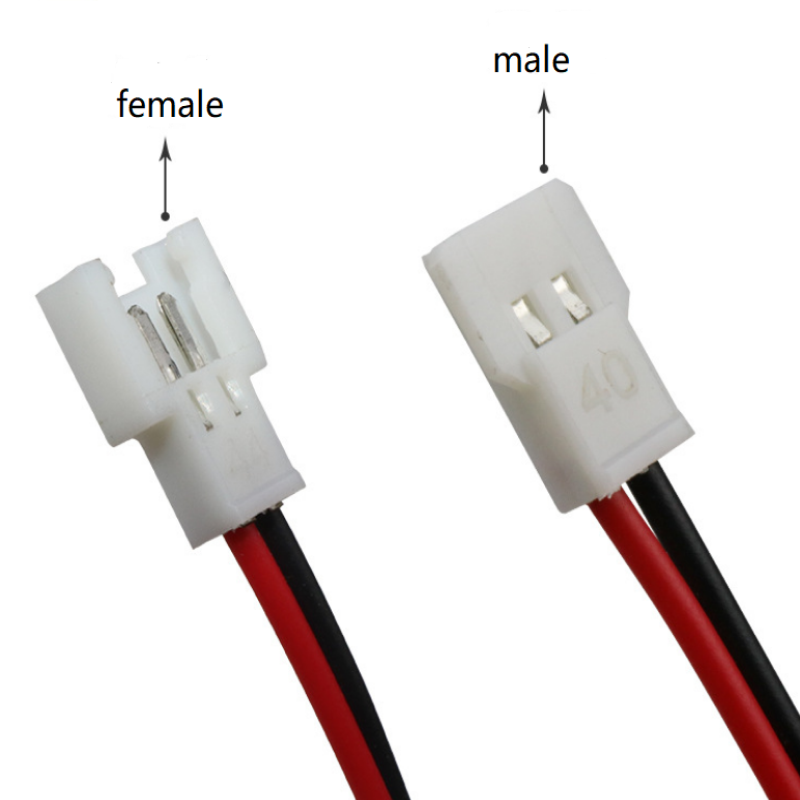
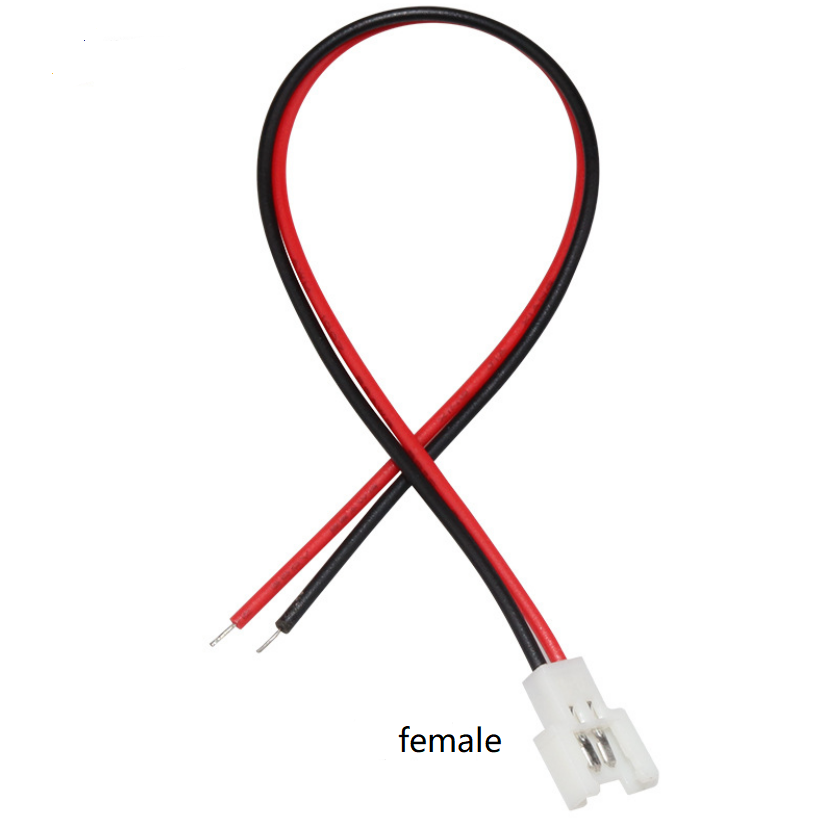
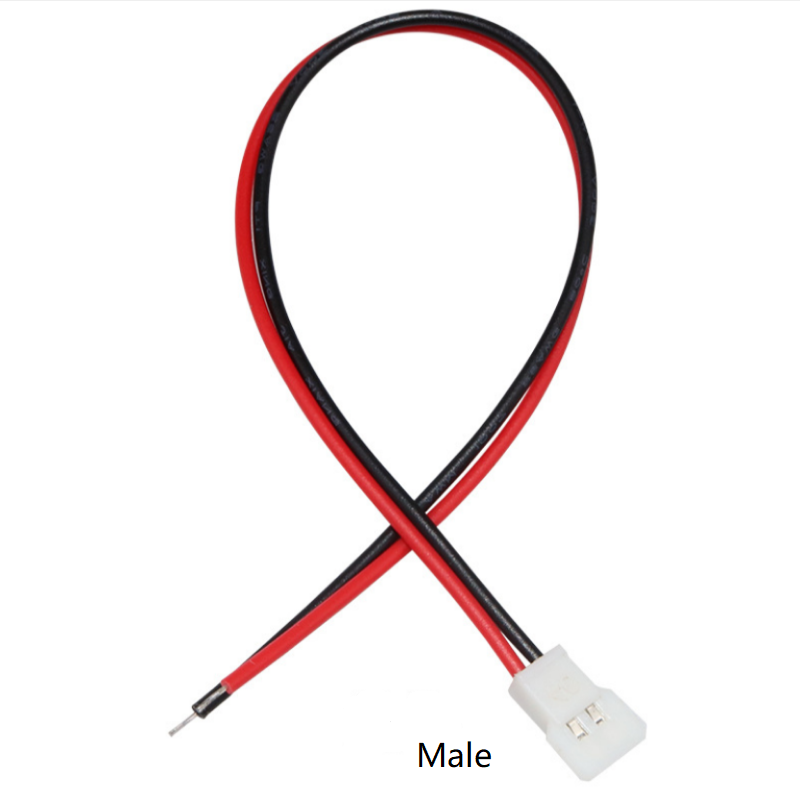
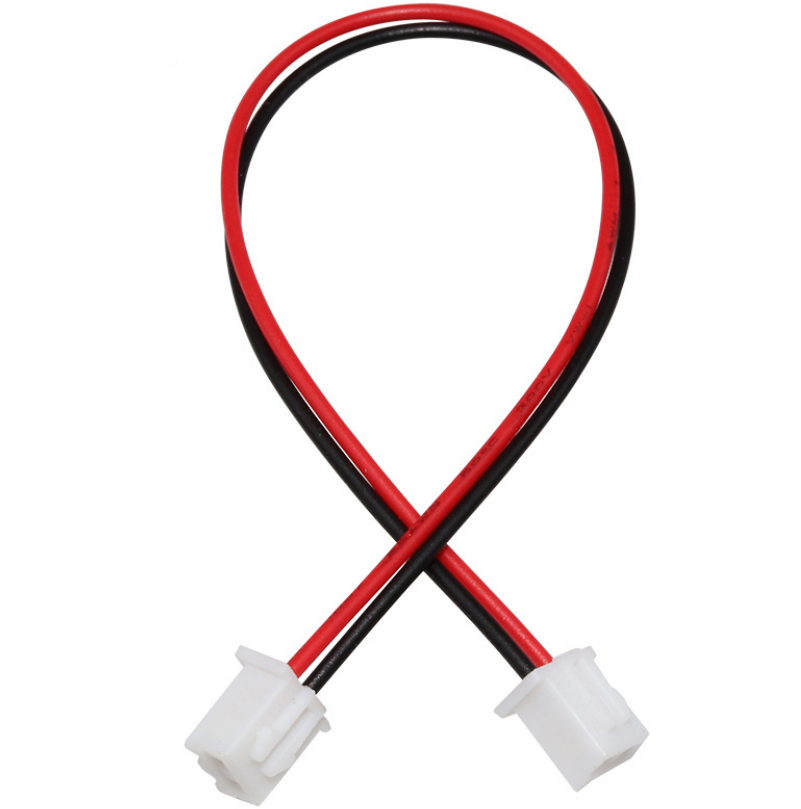
Company Information:
Xiamen Evershine Electronic Technology Co., Ltd. was founded in 2015, is a professional engaged in wire and cable,
wire harness products research and development, production, sales as one of the enterprises, wire and cable widely used
in communications, home appliances, power automation, aerospace vehicles, ships, automobiles and so on.
The factory has passed ISO9001 quality management system certification, and the products have international certification. Quality is our culture, to survive by quality, to develop by integrity. The most perfect quality, the most favorable price, the most intimate service.
Now we mainly offer you the wires products list as various electronic wire harness wiring design,
custom vehicle wiring harness, home appliance wire harness, customized industrial wire harness, computer wire harness,
over-molded cable connectors, terminal block connectors, power cable types, Products have been widely used in office
equipment, communications, household appliances, industrial automation, automobile, etc.

How to do a wiring harness?
The process of producing harness wire consists in precise connection of cables with terminals and insulating elements in a way that allows current to flow from one point to another. This process may include connecting wires with connectors, soldering, gluing, crimping or using other methods of connecting wires.
Wire Harnesses vs. Cable Assemblies
Wire harnesses are often confused with cable assemblies however, the two are quite different. The main difference is that a cable assembly normally has only two ends, whereas a wire harness contains multiple breakouts (ends) that run in many different directions with multiple terminations on each breakout.
Wire assemblies are most commonly used in the transportation industry, including automobiles, buses, trucks, and planes. Construction machinery, industrial equipment, electronics and white goods (household appliances) will also be constructed using wire harnesses.
Why Are Wire Harnesses Assembled Manually?
Wire harness assembly process is one of the few remaining manufacturing processes that is more efficiently done by hand, rather than automation. This is due to the variety of processes that are involved in the assembly.
How do I check my wiring harness?
Set the multimeter on the “continuity" setting. Assuming there are multiple wires in the wiring harness, place one probe in one socket of the connector, and then trace that individual wire back to the other end and attach or insert the multimeter's other probe on this end.

